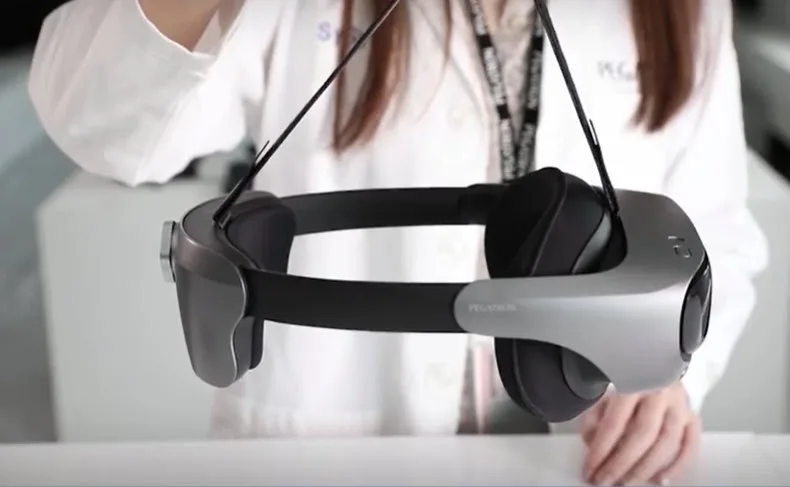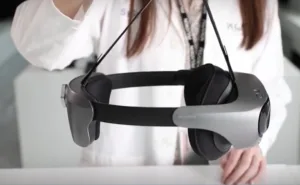The tune hasn’t changed much, neither have the lyrics, but all indications are that Apple’s suppliers are not dancing a happy jig.
預期立訊或將主導Apple第一代AR/MR頭戴裝置開發與量產 / Luxshare ICT likely to lead development and production of Apple’s first-generation AR/MR headsethttps://t.co/ff1h6smoM9
— 郭明錤 (Ming-Chi Kuo) (@mingchikuo) February 24, 2023
Analyst Ming-Chi Kuo has been the go to oracle on Apple’s plans for its mixed reality headset. Back in July of 2022 he was talking about Apple producing multiple MR headsets, the first an expensive one and then moving to producing a lower priced version in 2025 with possible volumes in the tens of millions. Now, Kuo is talking about how Apple’s suppliers, may not be as convinced about the headsets chances as you would expect them to be when Apple comes a calling.
The development of the headset is going to be handled by a joint venture between Pegatron and Luxshare ICT, Luxcaseict. The development and production teams and resources for the headset are being transferred from Pegatron, which is gradually withdrawing from Apple’s headset business. Luxshare, for its part, was expected to be one of the contract manufacturers for the headset with Foxconn, TSMC, and Sony.

This just looks like a lot of juggling on the part of Apple suppliers to isolate the outcome of being on the hook to give Apple a headset at a decent price while having no real idea as to how and when it proves a winner for them. Pegatron benefits from the upside of Luxcaseict, if there is one, and Luxshare doesn’t have to take a direct hit on its books and can treat the headsets as a loss leader in its relationship with Apple.
Which is where the real concern happens: Apple doesn’t do speculative products, yet, it looks like that is exactly what is happening here. None of the technologies that it is pursuing are anywhere near foolproof as being consumer winners as are none of the headsets that support them, including the PSVR2 which is a product that only an enthusiast can love. Sony’s lenses are not ready for prime time, there is no real hint of how the software is going to be different, and most of the problems associated with headsets are really down to the fact that people are very different and, boy, do they see things differently, too. All the tracking technology in the world isn’t ready for the individualized problems of human eyesight. Try getting the same perscription for corrective lenses from two different ophthalmologists.
With Apple likely to come in at the higher end of the price for a headset, anywhere from $1,500 to $3,000, it may be able to come close to satisfying enthusiasts who can pick up existing headsets on the market, but still not enough to make this a mass market product. In other words, headsets are bulky, uncomfortable, prone to having glitches, and software is sketchy. Something that we have known about VR headsets, for example, since the 90s when companies first tried to convince the world that we would all be wearing them some day.

